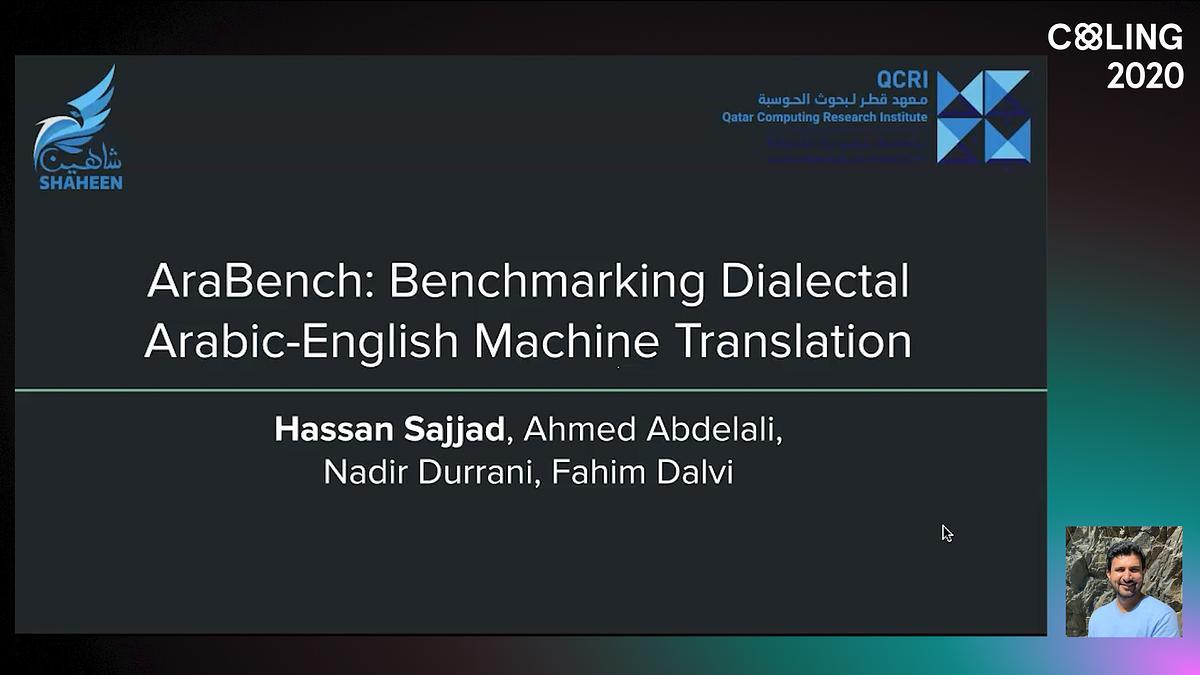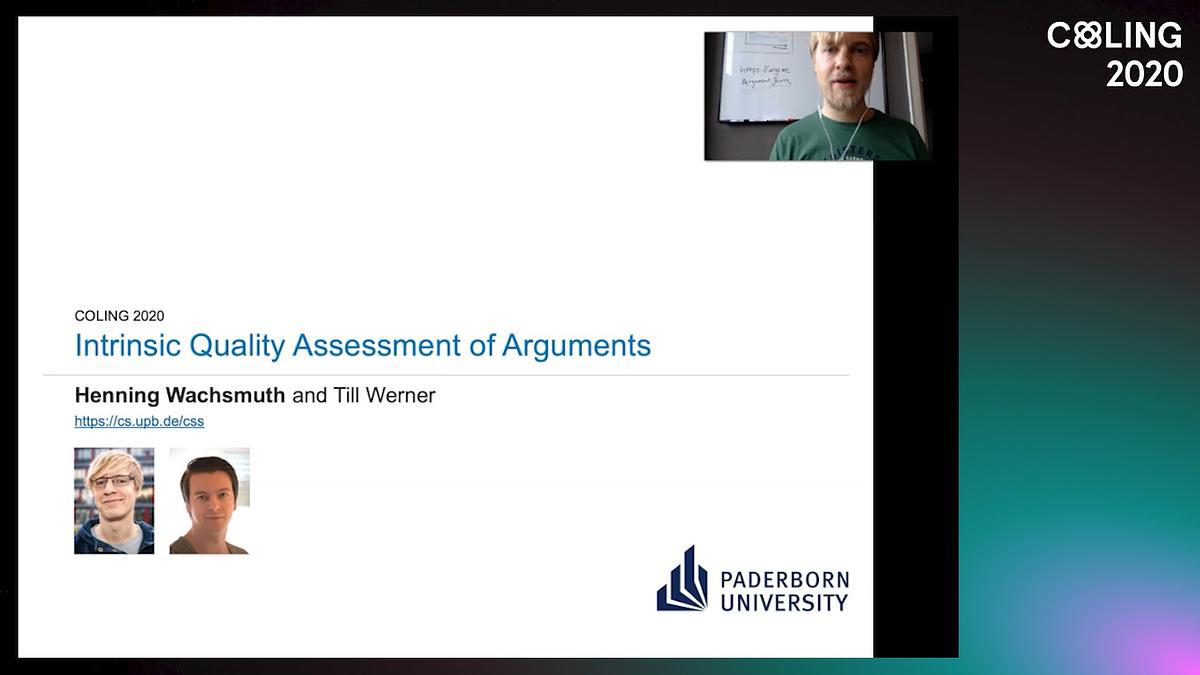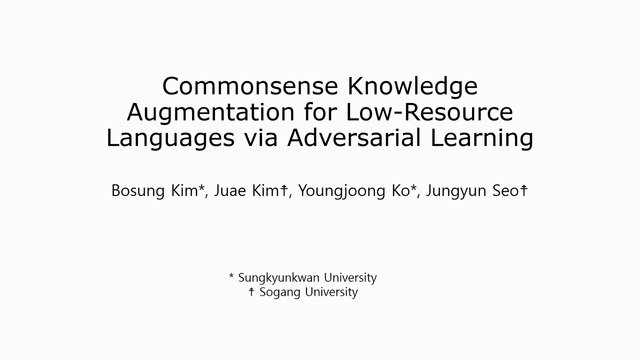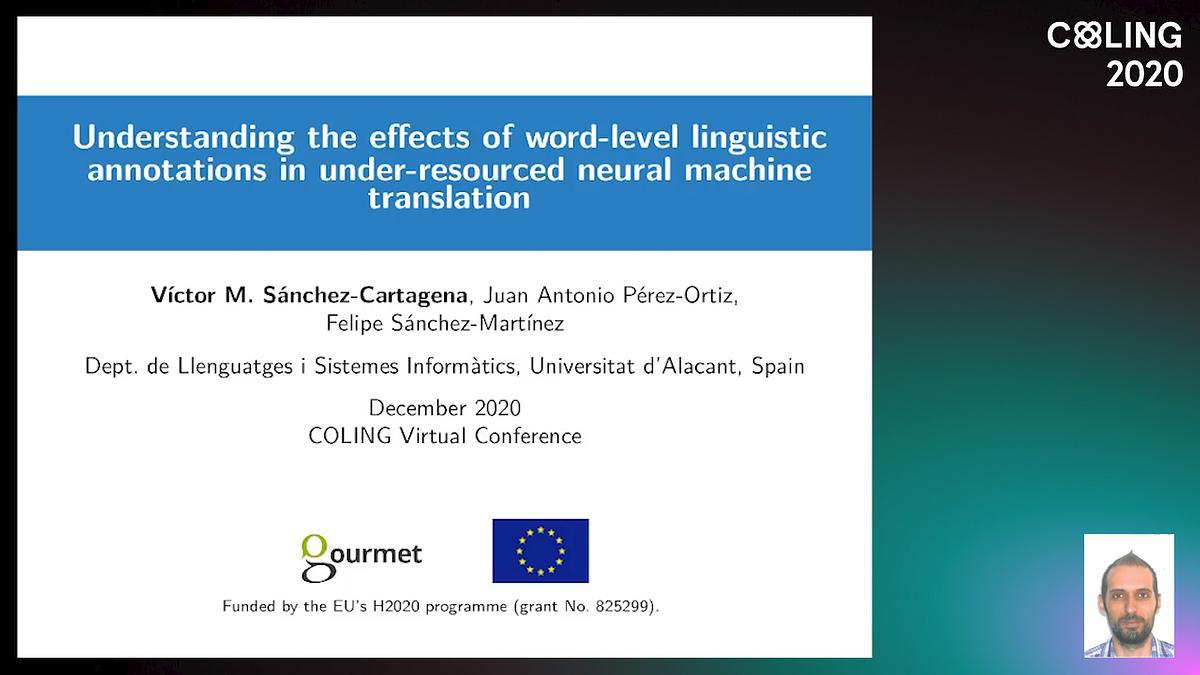Abstract:
Despite an ever growing number of word representation models introduced for a large number of languages, there is a lack of a standardized technique to provide insights into what is captured by these models. Such insights would help the community to get an estimate of the downstream task performance, as well as to design more informed neural architectures, while avoiding extensive experimentation which requires substantial computational resources not all researchers have access to. A recent development in NLP is to use simple classification tasks, also called probing tasks, that test for a single linguistic feature such as part-of-speech. Existing studies mostly focus on exploring the linguistic information encoded by the continuous representations of English text. However, from a typological perspective the morphologically poor English is rather an outlier: the information encoded by the word order and function words in English is often stored on a subword, morphological level in other languages. To address this, we introduce 15 type-level probing tasks such as case marking, possession, word length, morphological tag count and pseudoword identification for 24 languages. We present a reusable methodology for creation and evaluation of such tests in a multilingual setting, which is challenging due to lack of resources, lower quality of tools and differences among languages. We then present experiments on several diverse multilingual word embedding models, in which we relate the probing task performance for a diverse set of languages to a range of five classic NLP tasks: POS-tagging, dependency parsing, semantic role labeling, named entity recognition and natural language inference. We find that a number of probing tests have significantly high positive correlation to the downstream tasks, especially for morphologically rich languages. We show that our tests can be used to explore word embeddings or black-box neural models for linguistic cues in a multilingual setting. We release the probing datasets and the evaluation suite LINSPECTOR with https://github.com/UKPLab/linspector.









































